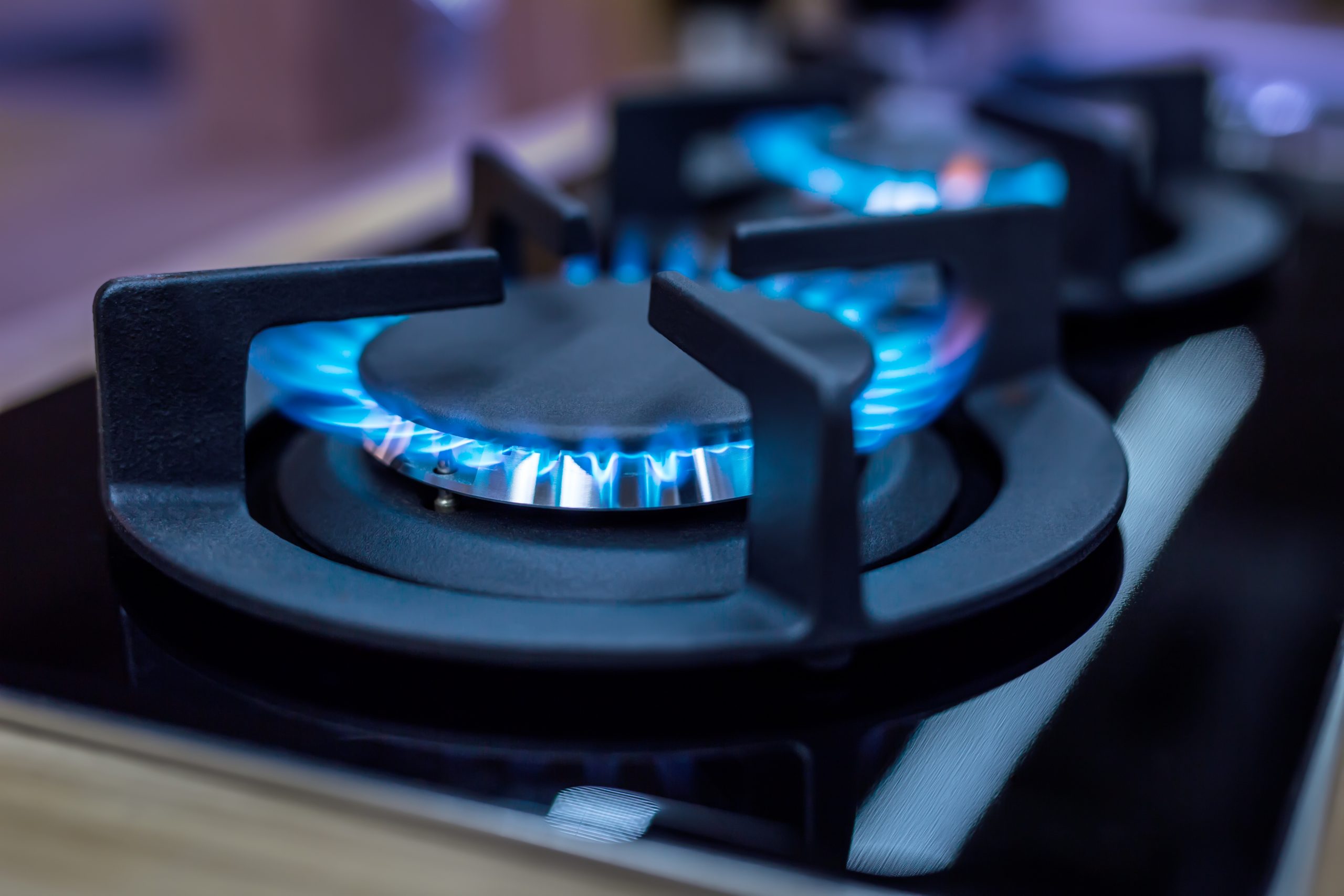Household Bills
Energy switching at lowest level since records began

The first three months of 2022 saw energy switching fall dramatically amid a series of market shocks facing billpayers and suppliers.
There were an estimated 225,000 electricity switches and 158,000 gas transfers in Q1 2022 (not including customers transferred to a new supplier because their existing provider went bust).
Compared to the same three-month period a year earlier, the Department for Business, Energy and Industrial Strategy (BEIS) data revealed an 84% slump in switching rates.
In Q1 2021, there were 1.37 million electricity switches and 959,000 gas transfers. But by the end of the year, these had plummeted to just 579,000 for electricity and 368,000 for gas.
Looking back over the BEIS data set from 2003, this is the lowest level of switching activity recorded against both set of fuels, and by some way.
The lowest rate recorded for electricity stood at 703,000 between April and June 2013, while for gas, the lowest switching rates occurred in the three months to September in 2014 at 482,000.
The slump comes amid 28 supplier failures since 2021, record energy prices and providers’ lack of tariffs amid the volatility. Given the series of increases for the energy price cap announced by regulator, Ofgem, off the back of rising wholesale costs, this was then worsened by the Russian invasion of Ukraine.
Suppliers withdrew many tariffs and choice of deals for billpayers was limited as customers weighed up whether to remain on their provider’s standard variable rate – where they were protected by the energy price cap – or looked to switch to a fixed tariff.
For Andrew Hagger of Moneycomms, it’s no surprise the number of switches have fallen off a cliff.
He said: “The energy market is a mess at the moment – with wholesale price volatility making future household gas and electricity costs difficult to predict, many people are staying put on variable rate deals.
“Consumers don’t see the point of locking into high cost fixed rate deals which are more expensive than their existing variable rate tariff.”
Ashton Berkhauer at MoneySuperMarket, added: “With wholesale energy prices remaining at an unprecedented high, it’s no surprise that energy switches are at their lowest level since records began. Unfortunately, it’s hard to call when the situation will change which means consumers will continue to pay for energy at the level of the price cap, and any increases to it that may come in the future.”
Energy and fuel costs
As expected, the statistics revealed energy costs soared in the first three months of this year compared to the same period in 2021.
The price paid for all domestic fuels in Q1 2022 rose 21% on the previous year, with electricity prices up 17% and gas prices up 26%.
BEIS said that although year-on-year changes look “large”, real term prices were slightly lower, down 1.4% for electricity and 1.6% for gas compared to the final three months of 2021.
It put this down to both higher inflation in the most recent quarter and because a large proportion of these price increases occurred in the last quarter of 2021, after Ofgem hiked the energy price cap for the period October 2021 to March 2022.
Prices at the pumps also continued to rise in Q1, reaching record highs, BEIS confirmed.
The mid-month average retail price of petrol for June 2022 was 183p per litre, 13% higher than mid-March 2022. Meanwhile, the average retail diesel price was 190p per litre, 11% higher than mid-March 2022.
Latest average pump prices according to The RAC stand at 191.25p per litre for petrol and 199.02ppl for diesel as of Wednesday 29 June.
Road fuel prices reflect the cost of crude oil; prices for crude oil have broadly continued to increase since March 2020 though since March 2022 have been more erratic. The provisional price of crude oil purchased by UK refineries in May 2022 was 87% higher than May 2021.
‘Living standards catastrophe’
Myron Jobson, senior personal finance analyst at Interactive Investor, said: “The price hikes in the energy market is truly a once-in-a-generation event which has obliterated even the most finely tuned house budget.
“Higher energy bills have been felt most acutely by poorer families, as they spend a higher proportion of their income on utility bills. With consumers being buffeted by price rises from all directions, from the food we put on our tables to how much we spend to fuel our vehicles, many face a living standards catastrophe.
“Although warmer weather means we won’t be turning on the heating as often, we will still be paying more to do things like taking a hot shower, do laundry and cook. The energy cost burden is set to intensify in Autumn when the energy price cap is set to rise again, adding £800 onto the typical annual household energy bill.
“The £150 council tax rebate as well as the upcoming suite of cost of living support measures worth up to £1,200 to the nation’s most vulnerable and £550 to the vast majority of the population will go some way towards alleviating the cost of living pressures on household budgets. But millions of families are already at breaking point and, the current course of direction prices worsens the squeeze on Britain’s lowest income families, with inflation set to hit 11% this year.”
Jobson added: “It is important now more than ever to pay extra attention to your financial wellbeing and consider what protective steps you can take now to avoid money worries later. If you are struggling to stay financial afloat, make sure you’re getting all the support you’re entitled to.”